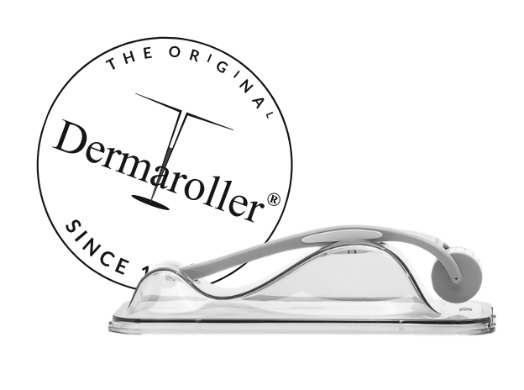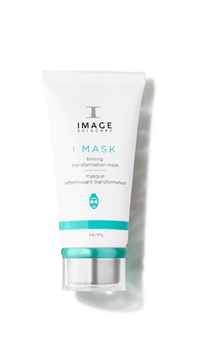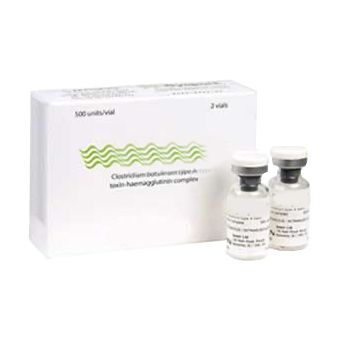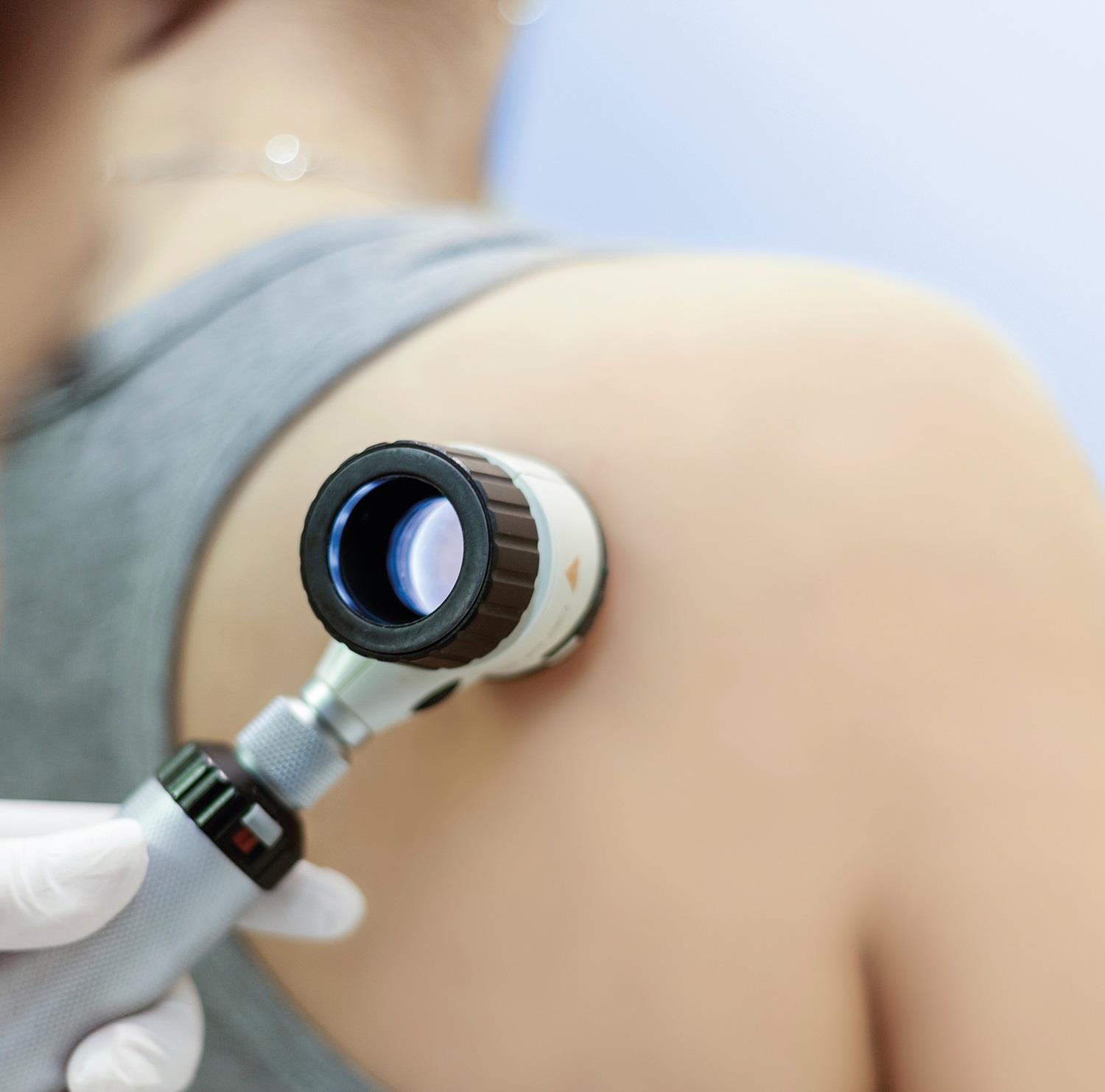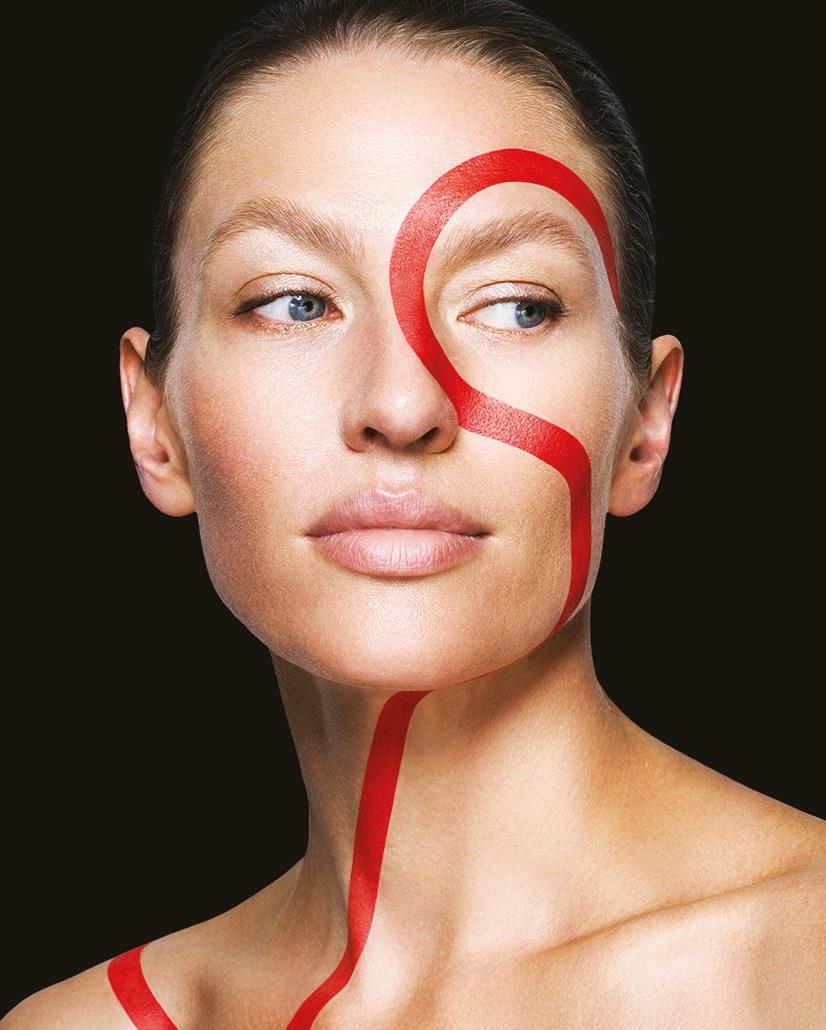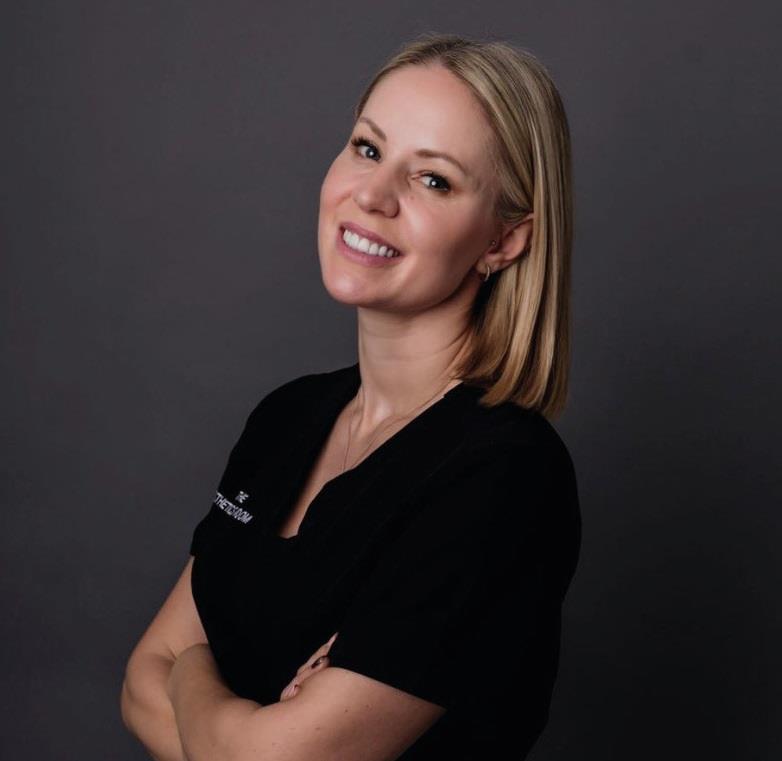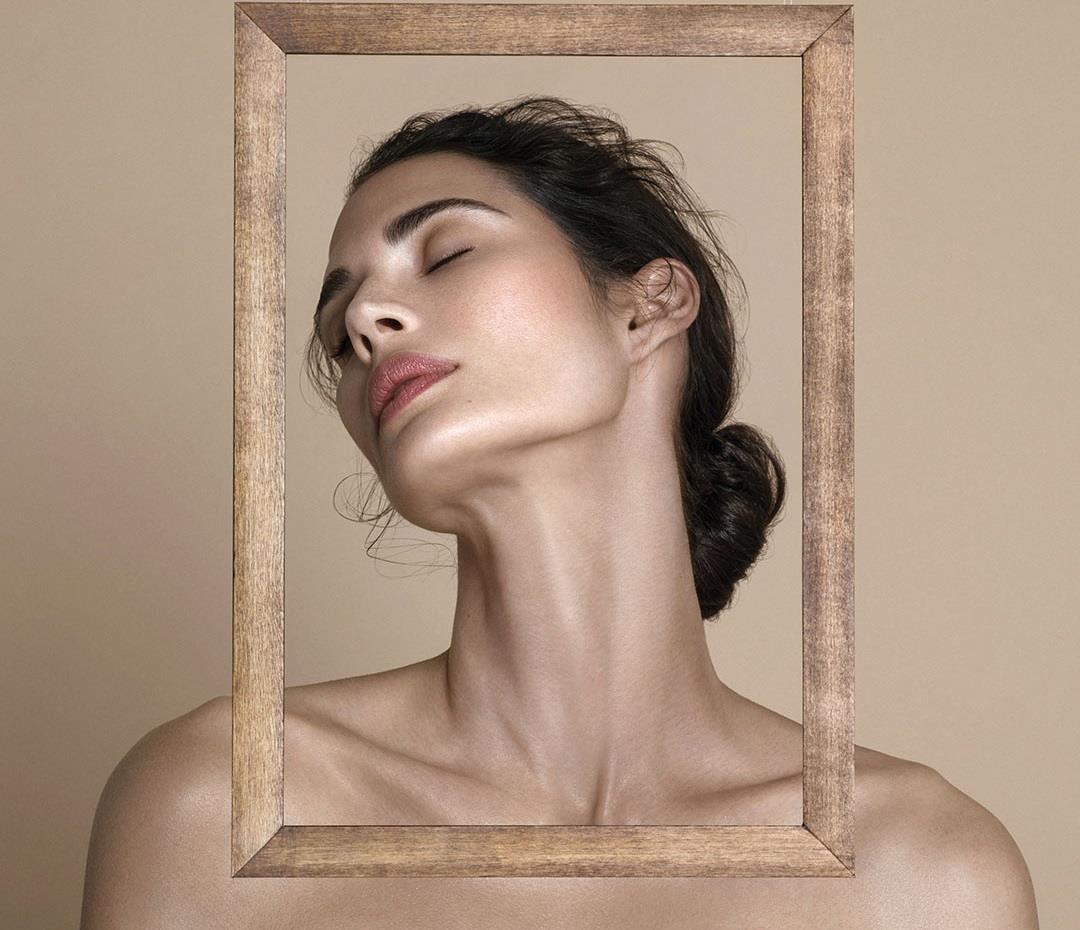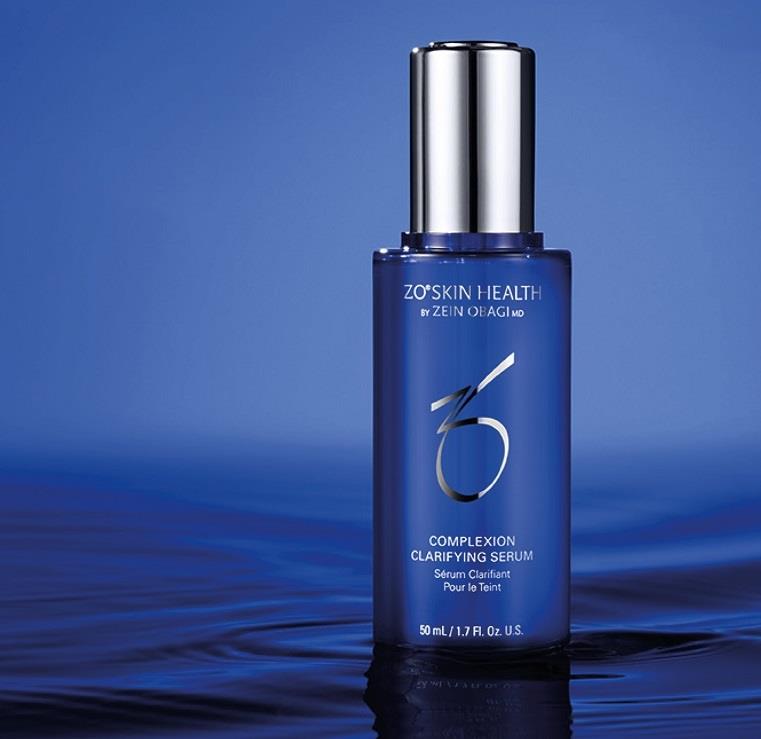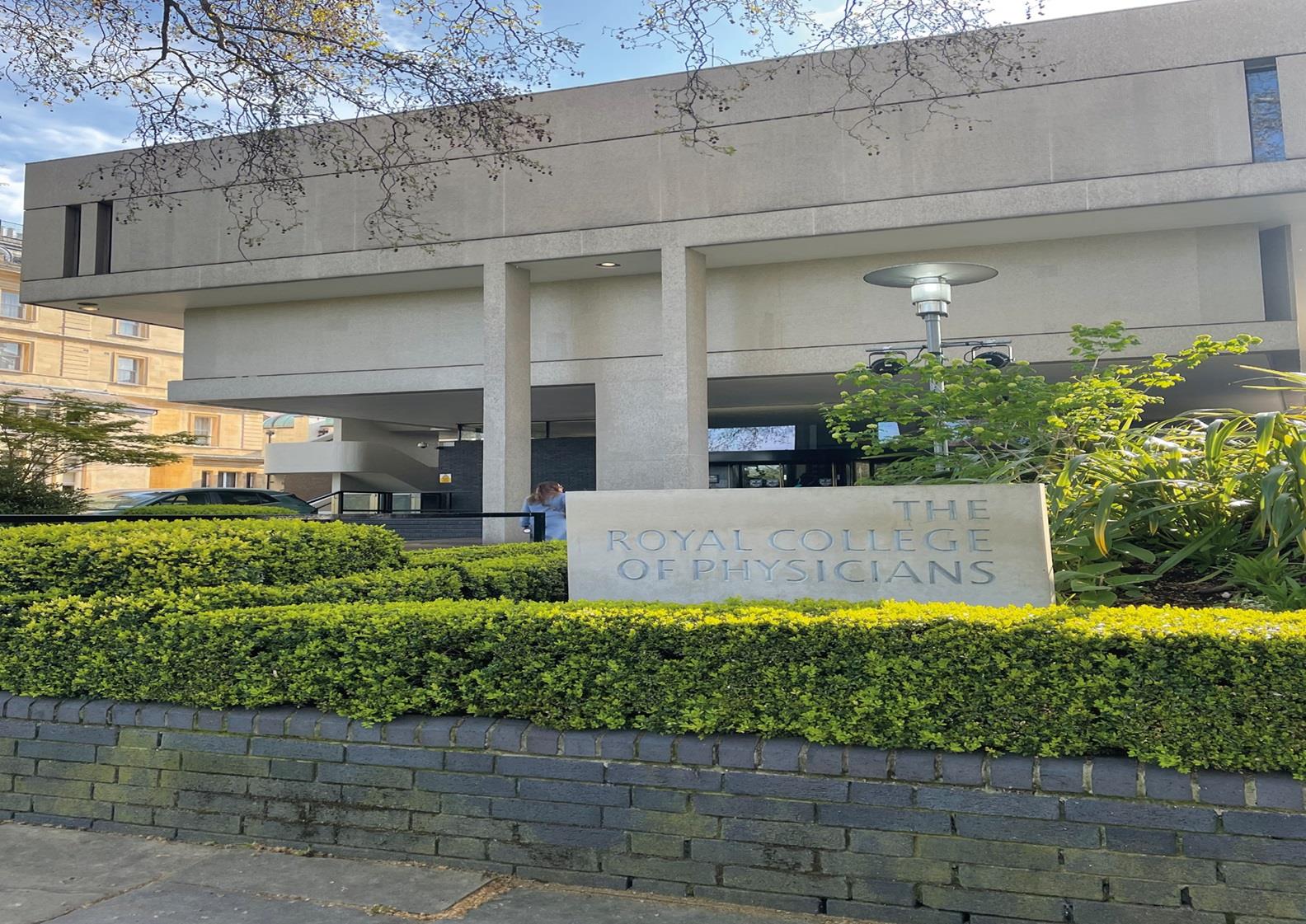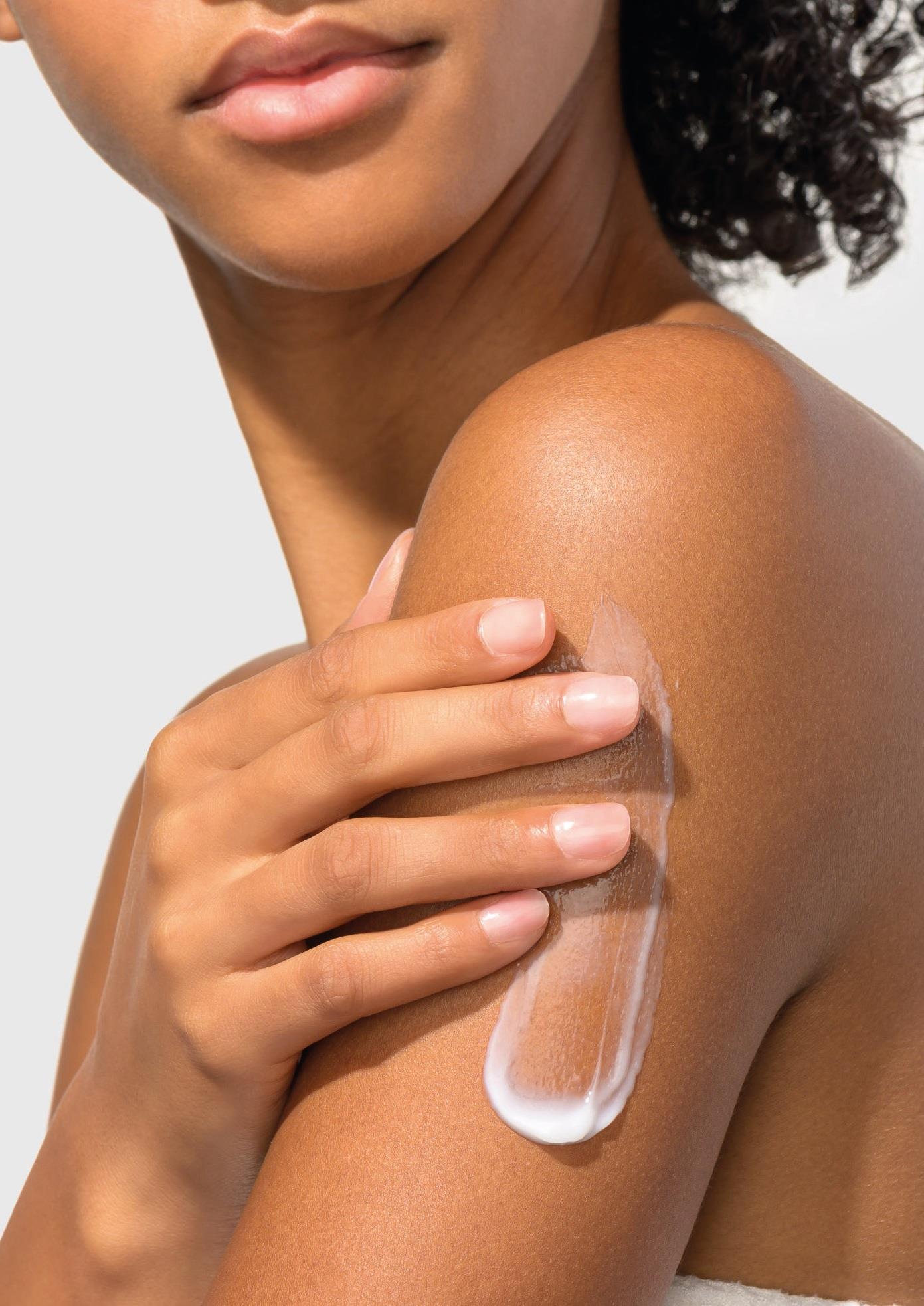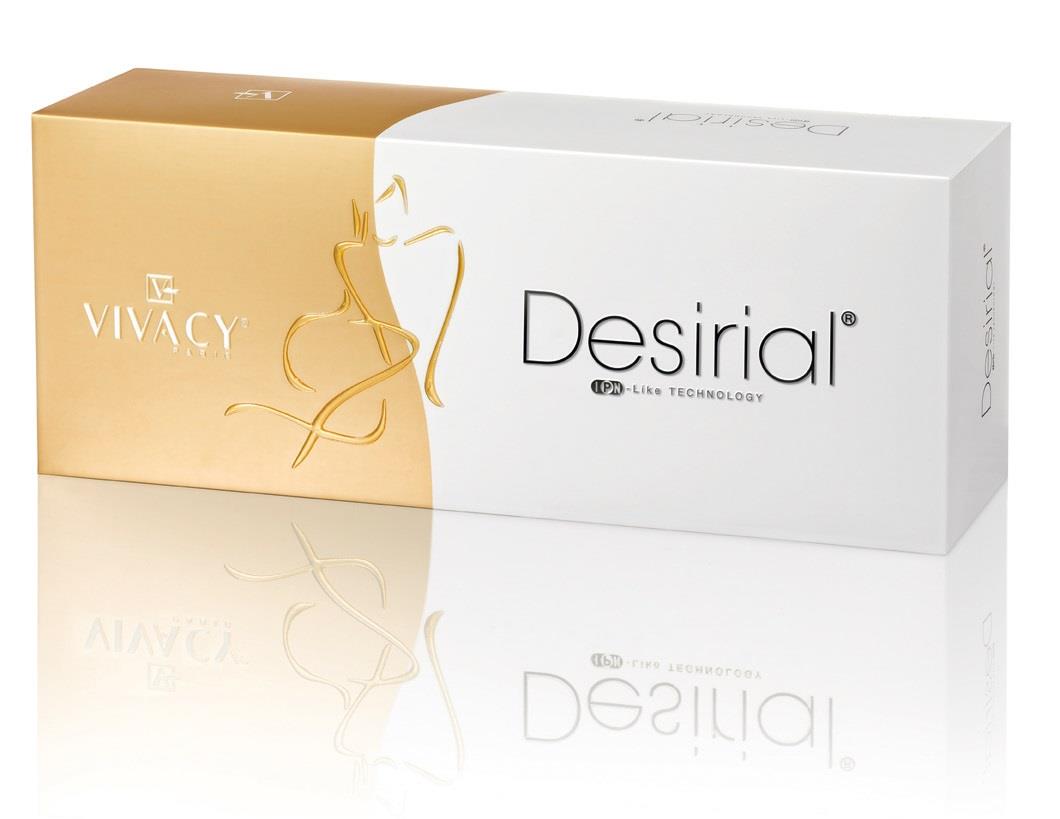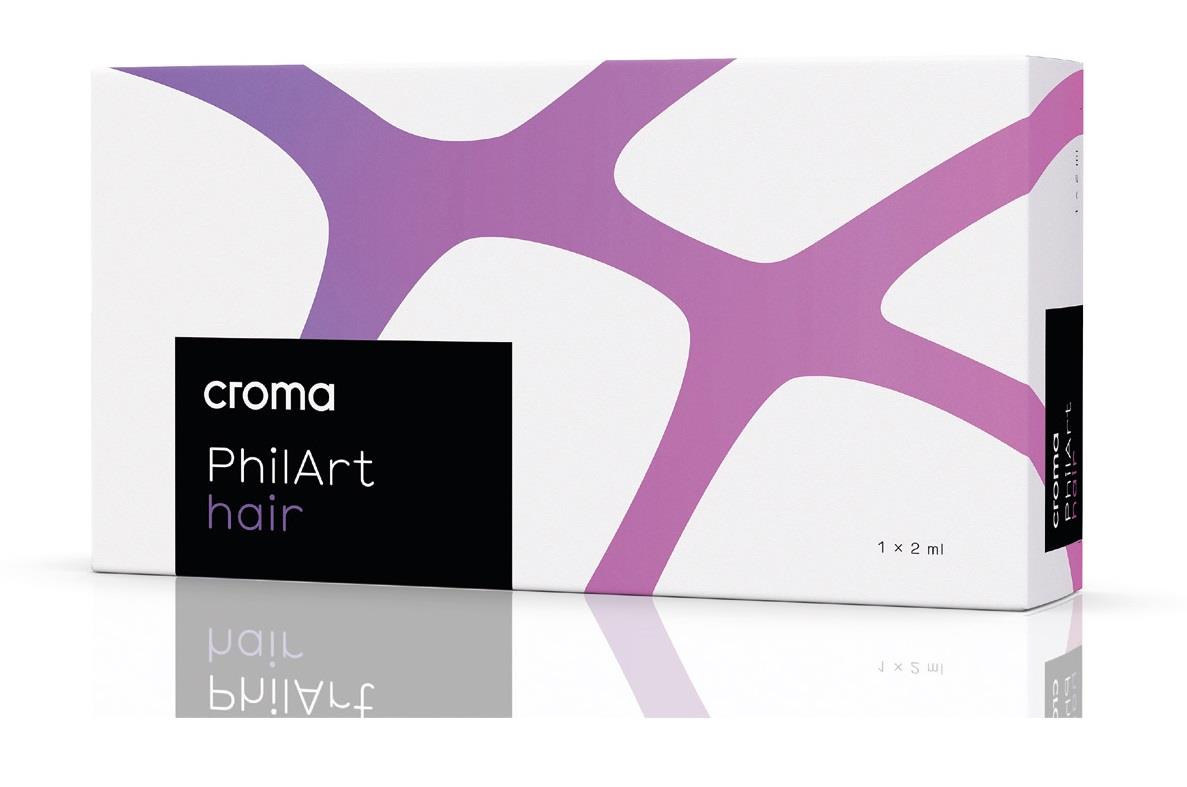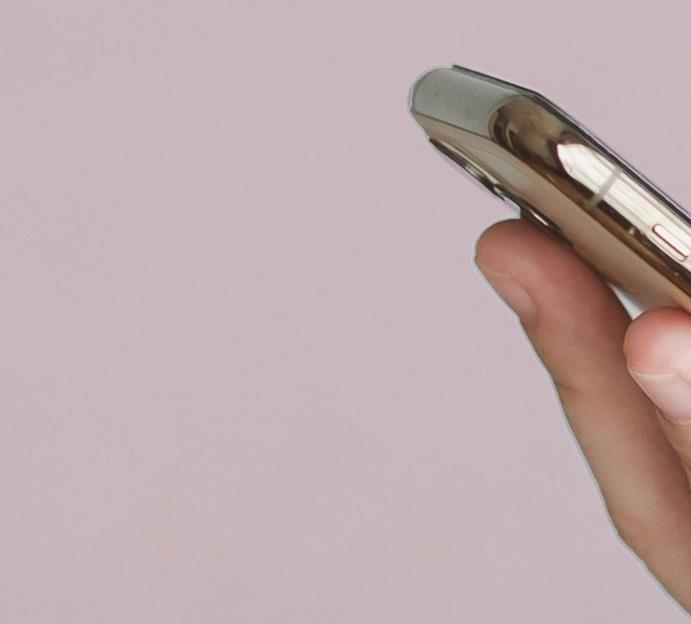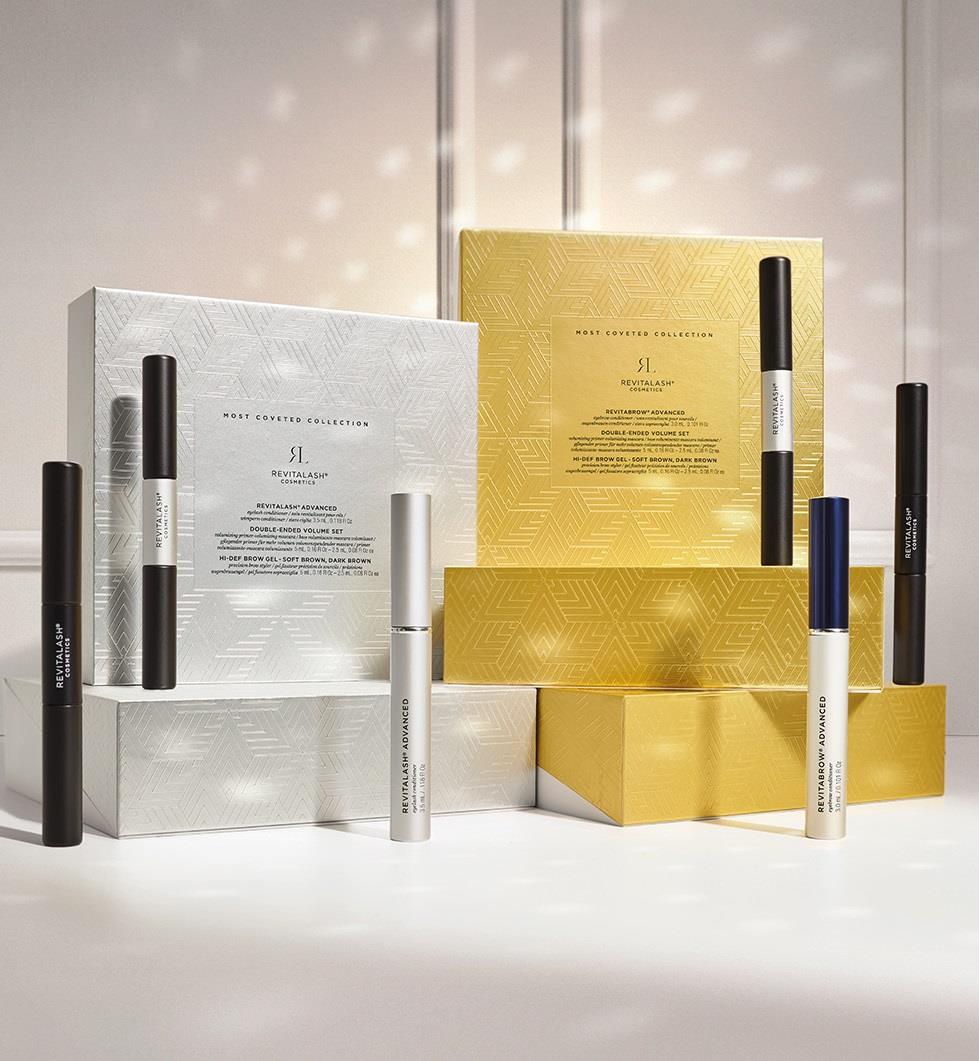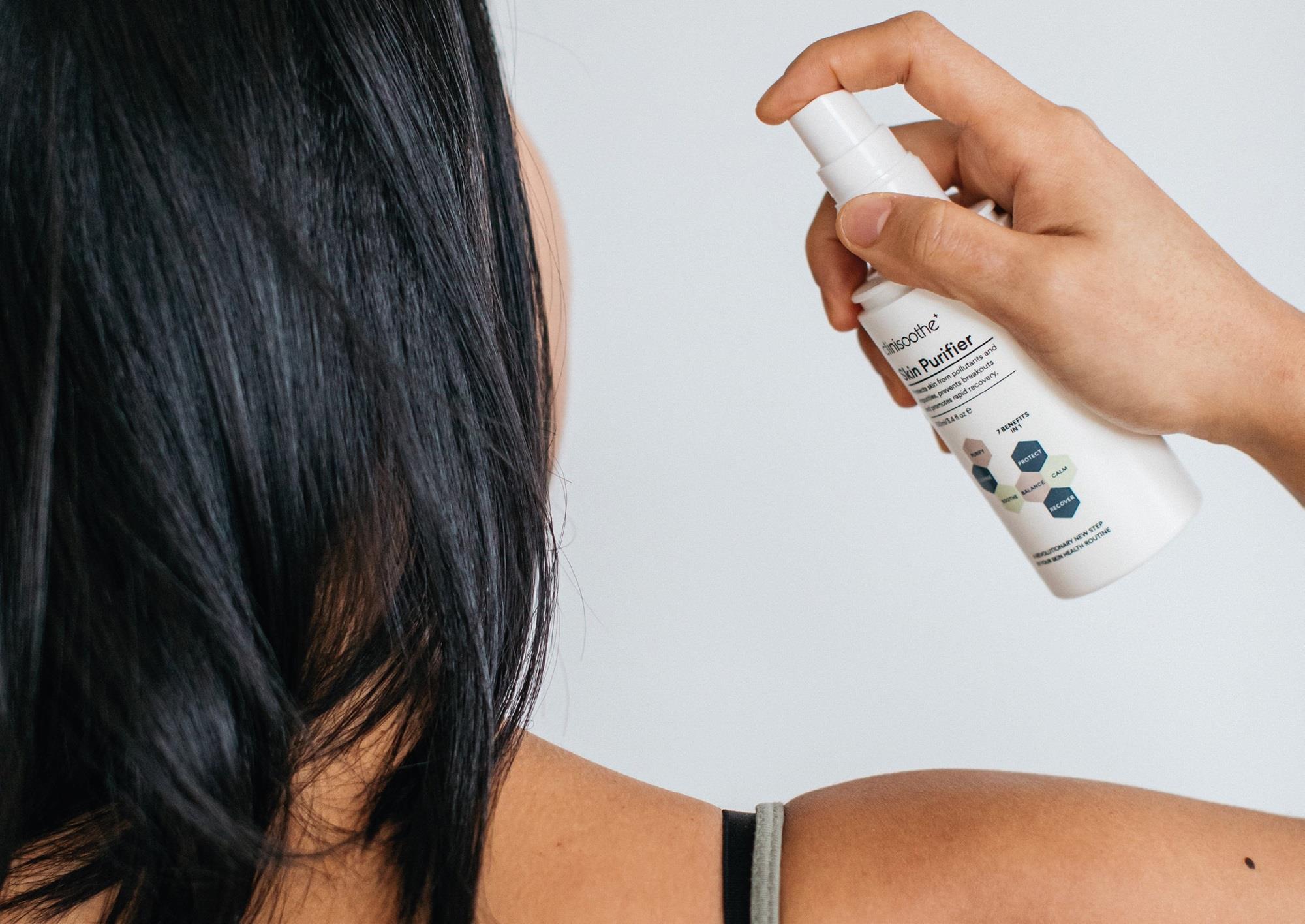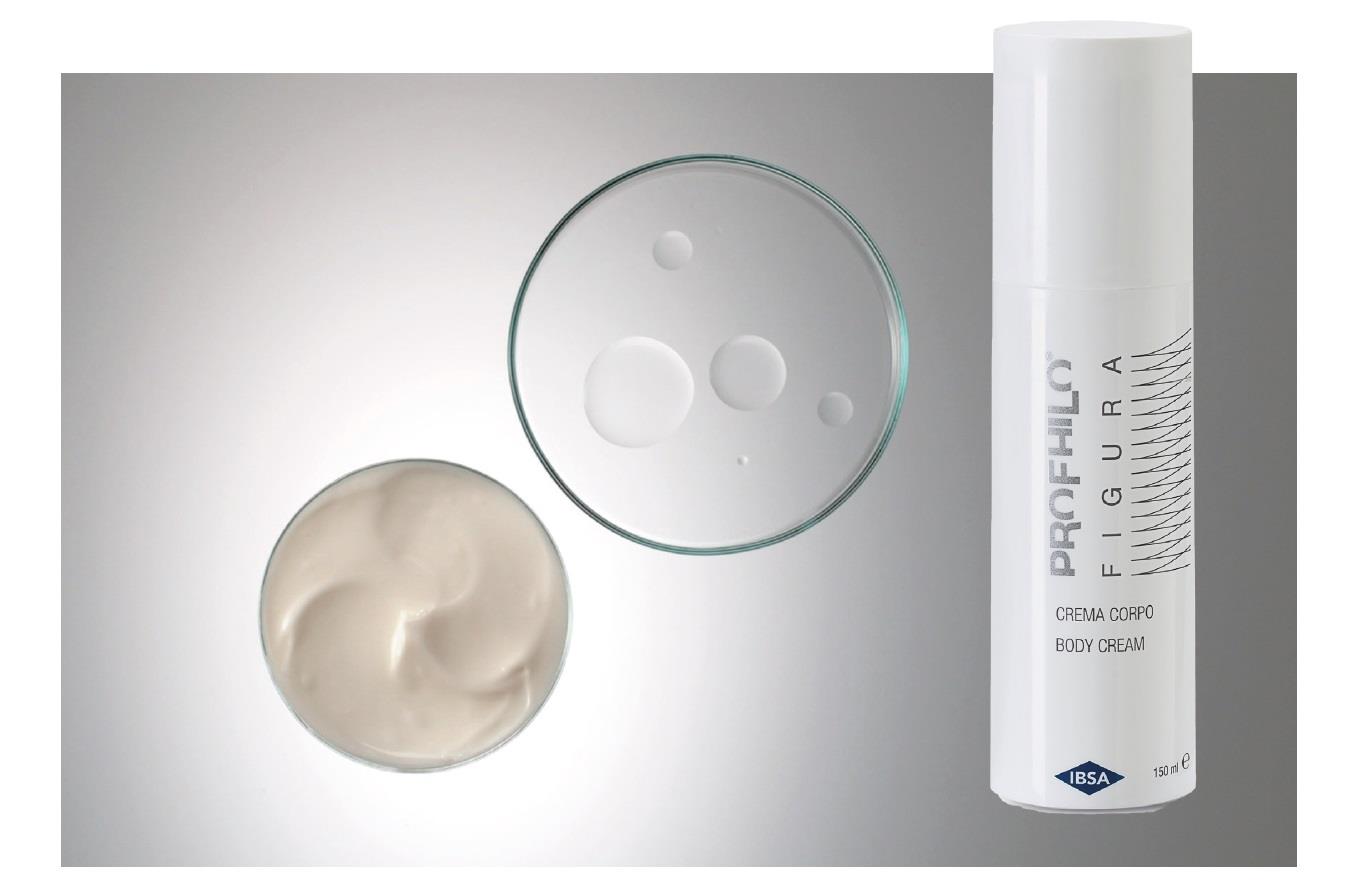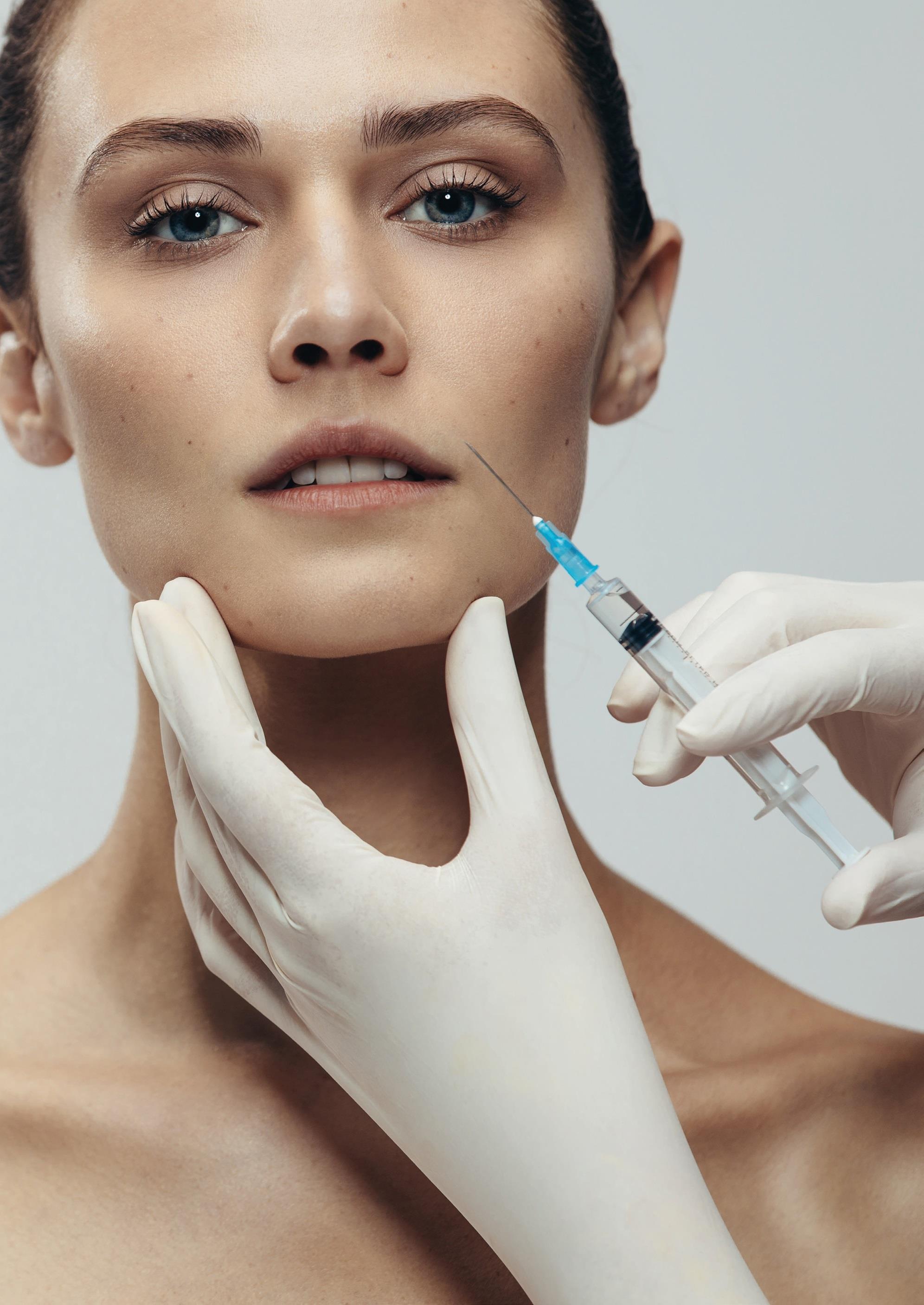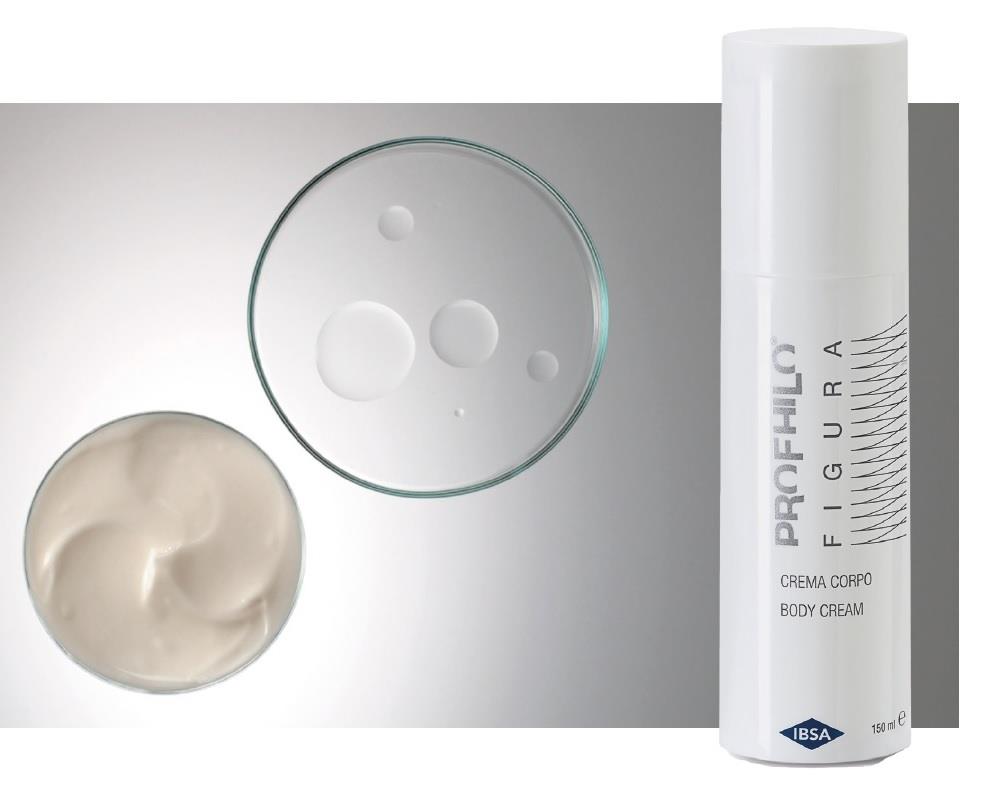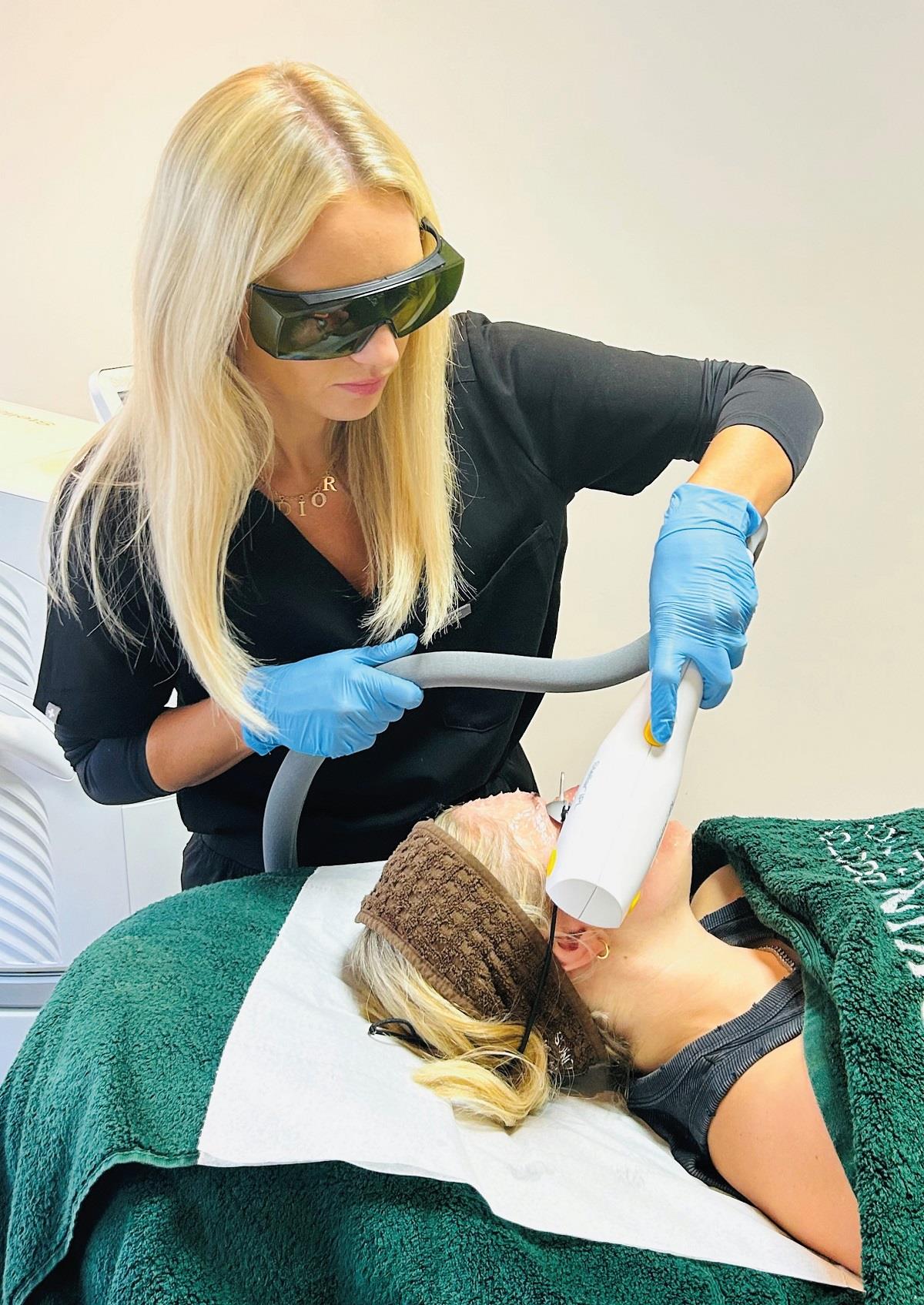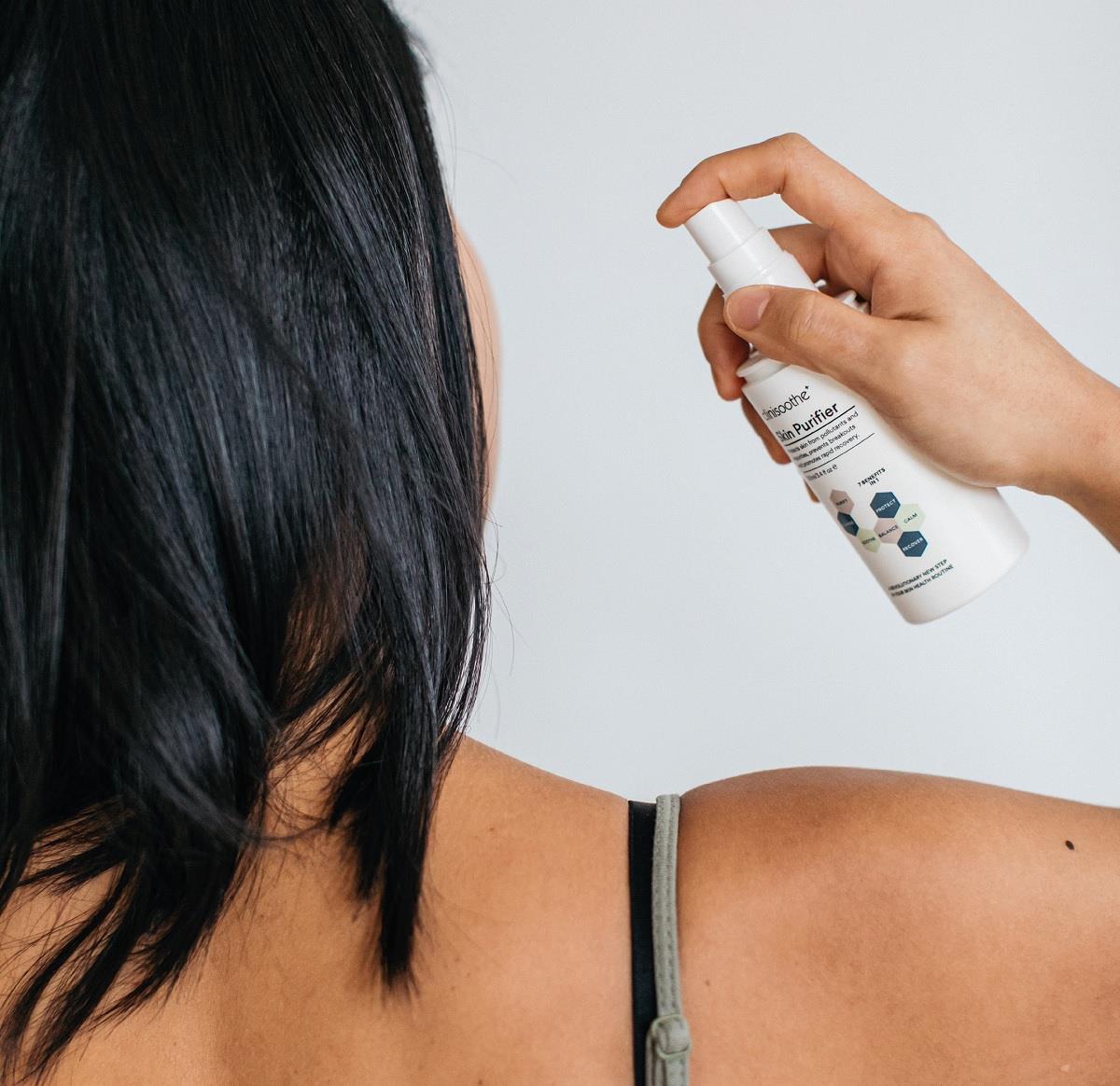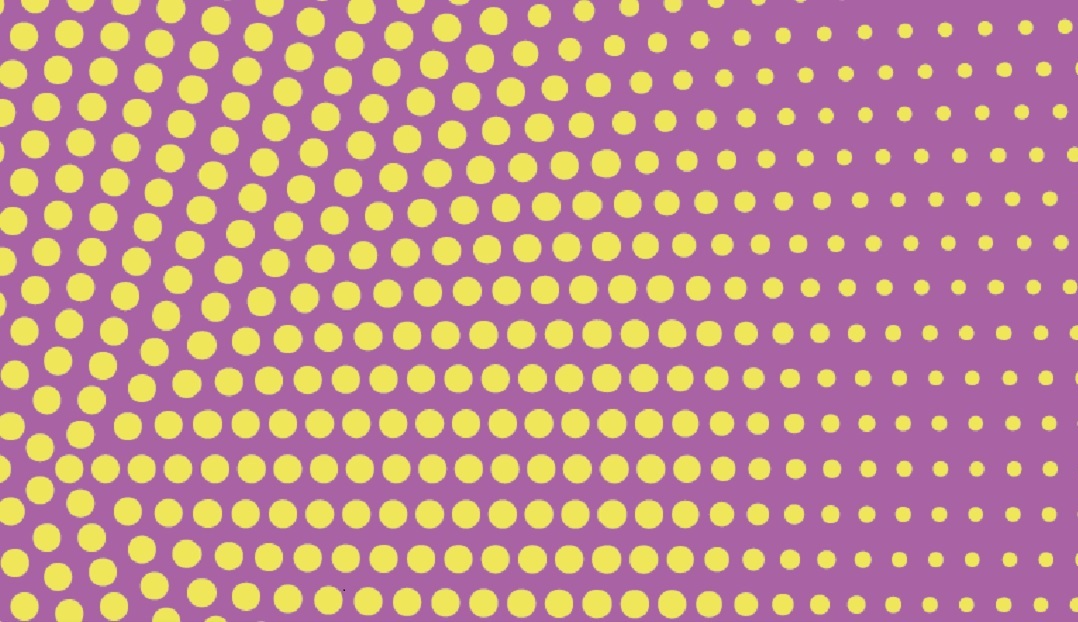
LED offers its users risk and complication reduction, improved results, no consumable cost and highly profitable economics.
With a unique bio-mechanism, it uses radiation to create biological changes from physical stimuli and its method of action lends itself to be used in any treatment modality in combination. Unfortunately, misinformation has led to clinicians and patients purchasing poor quality devices that may even cause harm instead of improvement.
How it works
By generating radiation (photons), we create a one-toone interaction from one photon to one photoreceptor. In the case of red light—which should be 633nm according to decades of research—we cause an increase in activity of the Cytochrome C Oxidase enzyme within the mitochondria. The mitochondria—the energy centre of our cells—then generates increased amounts of adenosine triphosphate (ATP).
ATP is the currency of energy in all our cells, and with this, all chemical reactions can then take place to keep us alive. In the case of skin, increased ATP leads to cells like keratinocytes and fibroblasts making more metric components such as hyaluronic acid, collagen, elastin, laminin and fibronectin, as well as melanocytes and immune cells. This makes for a more even deposition of pigment, and stronger immune capability in the area.
Results
Studies have shown that increased ATP leads to metrics such as increased skin thickness, increased cell numbers/ density, increased elastic fibres, increased evenness in skin tone and more. This can be translated to an increased response to any treatment provided when used in combination. For example, used leading up to a laser treatment, it can increase skin quality so that its response to the controlled laser damage is easier to recover from whilst yielding greater growth after recovery.
Using the same one-to-one interactions, we can use near-infrared (NIR) 830nm light (which is invisible to the human eye), to instantly switch off all inflammation. This occurs due to one photon causing one molecule of nitric oxide—which is blocking the mitochondrial ATP pathway—to be physically pushed out of the way allowing ATP production to resume as normal. Many patients have visibly less inflamed appearance in the skin immediately after treatment.
Application of this wavelength has also been shown to prevent or reduce sun damage if used before exposure—even without suncream. It is also extremely useful in lowering inflammation levels before and after invasive treatments to help reduce risk. Split-face evidence has shown that the non-NIR side produced keloid scars after a facelift, suggesting that LED is powerful enough to prevent the most devastating type of scar. It could save your professional reputation and practice if understood—crucially with good education—and used accordingly.
Blue light
Blue light at 415nm causes instantaneous death of bacterial cells, due to the photon hitting protoporphyrin IX, which then excites and causes catastrophic cell structure failure leading to cell death. Such is the capability of this that even methicillin-resistant Staphylococcus aureus (MRSA) has been shown to fall prey, and in a world increasingly reliant on antibiotic usage, hospitals worldwide are looking into its widespread use. In humans, this has the potential in the hands of an experienced clinician, to be used to simultaneously destroy bacteria and cause cell stimulation—in a similar way to stimulating our muscles by going to the gym.
This ability to manipulate sub-cellular structures to cause biological cascades with no damage in the process is unmatched. The only other theoretical way to do so is to create atomic scale tweezers that we can reach into cells with to push things around and make molecules bump into each other… which is clearly farcical.
"Inevitably, misinformation lies significantly in the knowledge required to choose which device to buy. It can easily be understood with no manufacturer bias by using facts of physics and biology to build scientific and reliable conclusions"
Misinformation
Inevitably, misinformation lies significantly in the knowledge required to choose which device to buy. It can be easily understood with no manufacturer bias by using facts of physics and biology to build scientific and reliable conclusions.
We know factually speaking, that the radiation and photoreceptor have an interaction that proves a 1:1 ratio of radiation to biological change. It then stands to reason that the amount of radiation (energy / power) is of upmost importance due to being directly proportional to the amount of biological change. 240J/cm2 is currently the market limit and there is only one device in the world currently capable of this.
One-to-one interaction doesn’t change based on distance because the skin doesn’t know how far the photon has come from—it just experiences interaction (all it cares about is how many photons hit it). Therefore, there is no scientific basis to suggest that distance being closer to the skin is a reason to reduce power delivery—the skin doesn’t make more change from less interactions just because it thinks the photons have come from further away.
Conclusion
In summary, LED is a completely unique treatment modality capable of producing biological changes that cannot be matched in quality—and also improves all outcomes of all other treatments with no consumable cost. However, metrics such as power, LED accuracy and thermal dissipation mechanisms must be understood before purchasing a device.

Dr Abs Settipalli graduated from the University of Leeds in Dentistry and then went on to complete his Master’s Programme in Italy. He practises mainly in the UK splitting his time between treating his own patients, teaching university students and professionals, researching in clinical trials and authoring publications. Dr Settipalli has written protocols for both LED and combination treatments which are now in global use.
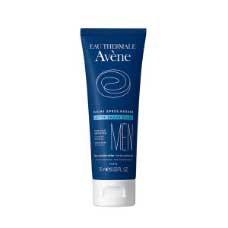
 Added to basket
Added to basket

 Unapplied Changes
Unapplied Changes


